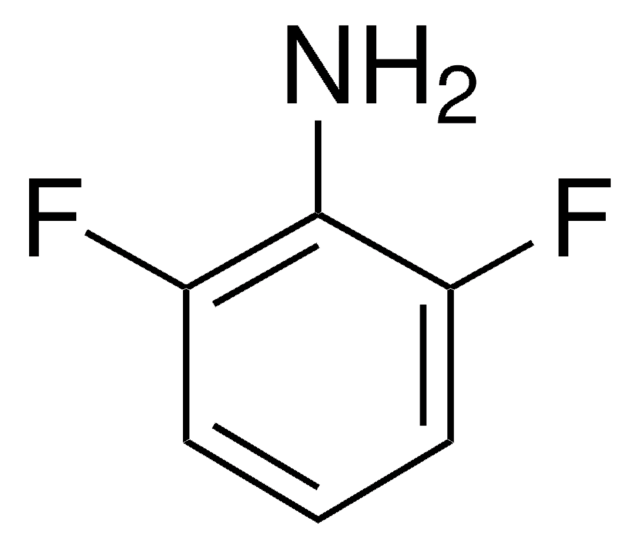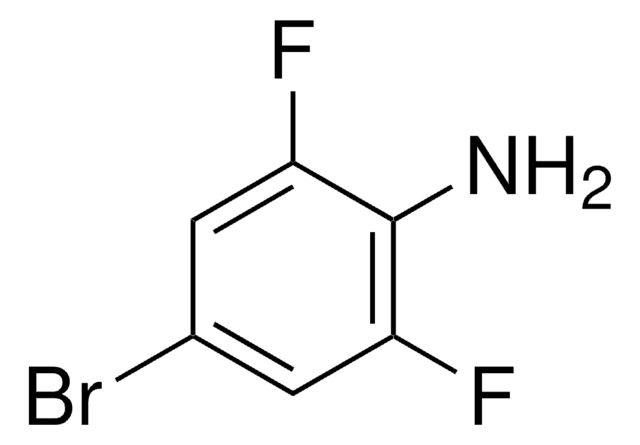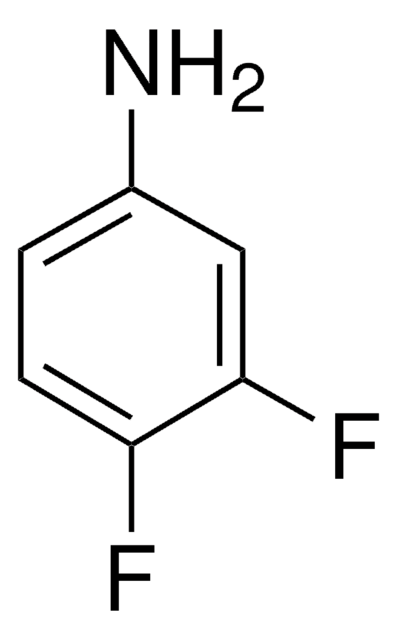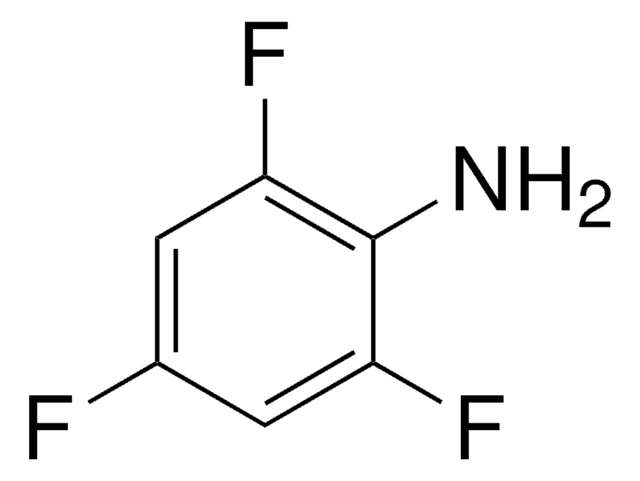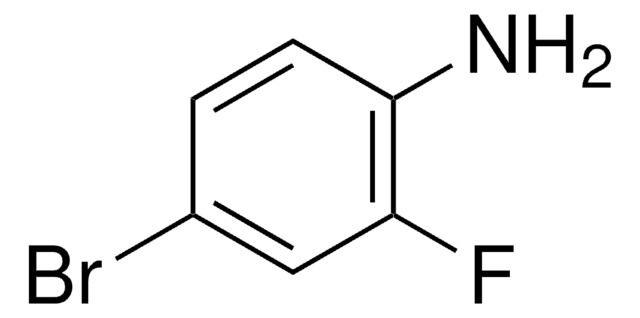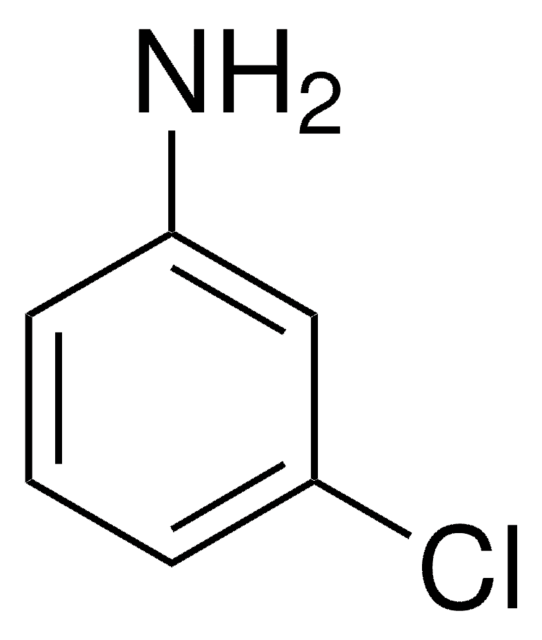D101400
2,4-Difluoroaniline
99%
About This Item
Productos recomendados
Nivel de calidad
Ensayo
99%
Formulario
liquid
índice de refracción
n20/D 1.506 (lit.)
bp
170 °C/753 mmHg (lit.)
mp
−7.5 °C (lit.)
densidad
1.268 g/mL at 25 °C (lit.)
cadena SMILES
Nc1ccc(F)cc1F
InChI
1S/C6H5F2N/c7-4-1-2-6(9)5(8)3-4/h1-3H,9H2
Clave InChI
CEPCPXLLFXPZGW-UHFFFAOYSA-N
¿Está buscando productos similares? Visita Guía de comparación de productos
Categorías relacionadas
Palabra de señalización
Danger
Frases de peligro
Consejos de prudencia
Clasificaciones de peligro
Acute Tox. 3 Dermal - Acute Tox. 4 Oral
Código de clase de almacenamiento
6.1C - Combustible acute toxic Cat.3 / toxic compounds or compounds which causing chronic effects
Clase de riesgo para el agua (WGK)
WGK 1
Punto de inflamabilidad (°F)
143.6 °F - closed cup
Punto de inflamabilidad (°C)
62 °C - closed cup
Equipo de protección personal
Eyeshields, Faceshields, Gloves, type ABEK (EN14387) respirator filter
Elija entre una de las versiones más recientes:
¿Ya tiene este producto?
Encuentre la documentación para los productos que ha comprado recientemente en la Biblioteca de documentos.
Los clientes también vieron
Global Trade Item Number
| Número de referencia del producto (SKU) | GTIN |
|---|---|
| D101400-100G | 4061838353627 |
| D101400-10G | 4061833558348 |
| D101400-25G | 4061833558355 |
Nuestro equipo de científicos tiene experiencia en todas las áreas de investigación: Ciencias de la vida, Ciencia de los materiales, Síntesis química, Cromatografía, Analítica y muchas otras.
Póngase en contacto con el Servicio técnico